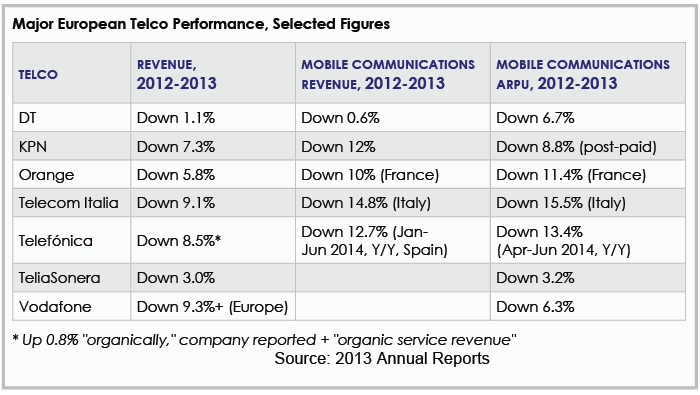Recently I have watched several vendors in our markets talk about Big Data, and the technologies they are supporting to manage that data. What I’m trying to understand in all these announcements, however, is “what does that mean for me, the user?” … or put more directly, “so what?”
There are great numbers out there. With all the buzz about Exadata and Hadoop being made in the market, operators have reason to take notice of what’s being achieved: 1 billion loaded records per hour; 10x-13x storage savings; 70% decreases in DB license costs… Subex is also seeing similar fantastic numbers, and in many cases we are now benchmarking 40x faster performance that these other vendors’ results. Subex has supported Exadata for some time, is seeing significantly stronger results using Vertica, and will be supporting Hadoop in the coming months (including the Hadoop + Vertica hybrid, which is proving to be the best performing architecture anywhere in the industry). But still the question remains: So what?
Vendors in our market have continued to allude to the ability to process data faster and save costs. But what else can this increased data power do for you? That should be the question being asked and answered. For this, Subex has strategically employed these new data processing advantages right in the heart of the ROC suite – which now enables our operator customers to not only see those “default” benefits of faster processing (decreased hardware, decreased costs, etc.), but to also extend their business intelligence into other critical business areas (in many cases, real time), including:
– Customer Experience and propensities to Churn
– Enterprise Margin analytics
– Aggressive network and service Time to Exhaustion analytics
– Service impact “what if” propensities and analysis
– Distributed fraud support in wholesale parent/child enterprise relationships
– Deep packet inspection and response for IP fraud detection and cost management
– Immediate wholesale cost/benefit analysis with carrier trading
– Analytics insights into root causes underlying specific issues in costs and revenues
– Preventative security insights to plug loss exposure before it happens
– Predictive product analytics to understand the internal impact of a product offer
– Etc.
These are but some of the areas operators should be looking for answers from within that new data processing capability…not just faster dashboard updates for current processing. Big Data remains useless if you can’t process new insights and intelligence from within its unstructured foundation. By positioning all relevant new performance technology advances into the heart of the ROC suite, every Subex application will benefit from the improved performance, while be positioned to share that data across other ROC solutions in the suite. This strategic approach will ultimately enable operators to model and extract far more critical intelligence for all the questions above, and more!
Using the ROC to re-shape industry big-data usefulness




 cases, negative) margins are the final result of the trend.
cases, negative) margins are the final result of the trend.








